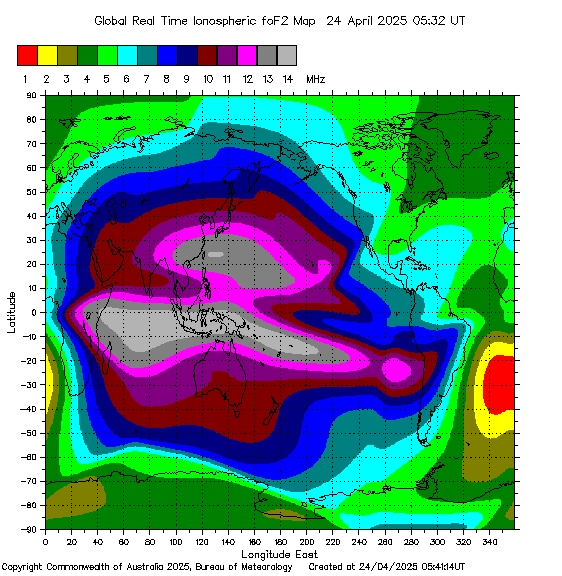181
22 Meter Band HiFER Beacons / Re: Your best clear spots in the 22 m ISM Band?
« on: September 05, 2018, 2205 UTC »
ISM band (HiFer) : 13553 kHz to 13567 kHz
There is much less interference in the 3 kHz windows near the edges at the bottom and top:
13553.2 kHz to 13556.2 kHz is good.
13563.8 kHz to 13566.8 kHz is good.
The centre of the band at 13560 kHz +/- 3 kHz has by far the most interference:
13557 kHz to 13563 kHz is statistically the worst.
13.56 MHz is one of the most common laboratory, medical, and industrial plasma frequencies. The centre frequency, 13560 kHz, is populated worldwide by thousands of kiloWatt-level transmitters for MRI, NMR, semiconductor plasma ion deposition and sputtering chambers, industrial plasma, plasma arc, etc.
Luckily, most of those high power devices are within RF shield rooms or shielded chambers. But, even a little bit of leakage from a kiloWatt device in a screen room could easily compete with Part 15 HiFer beacons, especially when the propagation is favorable.
RFIDs on 13.56 MHz don't usually cause much interference.
A quick survey of 13560 kHz on some of the better SNR remote SDRs provides an easy way to check the HiFer interference landscape.

There is much less interference in the 3 kHz windows near the edges at the bottom and top:
13553.2 kHz to 13556.2 kHz is good.
13563.8 kHz to 13566.8 kHz is good.
The centre of the band at 13560 kHz +/- 3 kHz has by far the most interference:
13557 kHz to 13563 kHz is statistically the worst.
13.56 MHz is one of the most common laboratory, medical, and industrial plasma frequencies. The centre frequency, 13560 kHz, is populated worldwide by thousands of kiloWatt-level transmitters for MRI, NMR, semiconductor plasma ion deposition and sputtering chambers, industrial plasma, plasma arc, etc.
Luckily, most of those high power devices are within RF shield rooms or shielded chambers. But, even a little bit of leakage from a kiloWatt device in a screen room could easily compete with Part 15 HiFer beacons, especially when the propagation is favorable.
RFIDs on 13.56 MHz don't usually cause much interference.
A quick survey of 13560 kHz on some of the better SNR remote SDRs provides an easy way to check the HiFer interference landscape.










